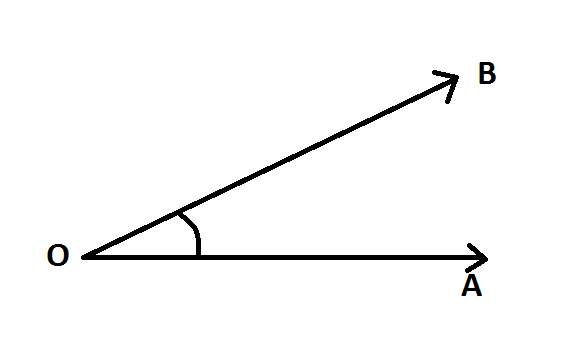OSI Layers
OSI-Open System Interconnection is a Hierarchy model designed to have a common communication between different hardware and software vendors. When the model has been adapted by all the vendors, which has delivered a standard mode of communication.
The basic idea of this model is represent how a data passed from one layer to another. Here we have 7 layers in OSI model. They are
The basic idea of this model is represent how a data passed from one layer to another. Here we have 7 layers in OSI model. They are
- Application Layer
- Presentation Layer
- Session Layer
- Transport Layer
- Network Layer
- Data Link Layer
- Physical Layer.
Information passed from each and every layer is named, under Data table.
Data
|
Layers
|
Function
|
Examples
|
Data
|
Application Layer
|
Message Format, Human-Machine interfaces
|
Telnet, HTTP
|
Presentation Layer
|
Coding into 0’s and 1’s, Encryption and Compression
|
ASCII/EBCDIC/JPEG/MP3
|
|
Session Layer
|
Authentication, Permission, Session Restoration
|
Operating Systems, Scheduling(NFS,WINDOWS,SQL)
|
|
Segment
|
Transport Layer
|
End to end error Control
|
TCP,UDP
|
Packets
|
Network Layer
|
Network addressing; routing and switching
|
IP,IPX,Apple Talk
|
Frames
|
Data Link Layer
|
Error detection, Flow control on physical link
|
802.3,802.3,MAC,LLC,HDLC,Frame Relay
|
(Bits
|
Physical Layer
|
Bit Stream: Physical medium, method of representing bits
|
EIA/TIA, V.35
|
Application Layer:
This is the layer that actually interacts with the operating system or application whenever the user chooses to transfer files, read messages or perform other network-related activities.
Presentation Layer:
takes the data provided by the Application layer and converts it into a standard format that the other layers can understand.
Session Layer:
establishes, maintains and ends communication with the receiving device.
Transport Layer:
This layer maintains flow control of data and provides for error checking and recovery of data between the devices. Flow control means that the Transport layer looks to see if data is coming from more than one application and integrates each application's data into a single stream for the physical network.
Network Layer:
The way that the data will be sent to the recipient device is determined in this layer. Logical protocols, routing and addressing are handled here.
Data Link Layer:
In this layer, the appropriate physical protocol is assigned to the data. Also, the type of network and the packet sequencing is defined.
Physical Layer:
This is the level of the actual hardware. It defines the physical characteristics of the network such as connections, voltage levels and timing.

Comments
Post a Comment